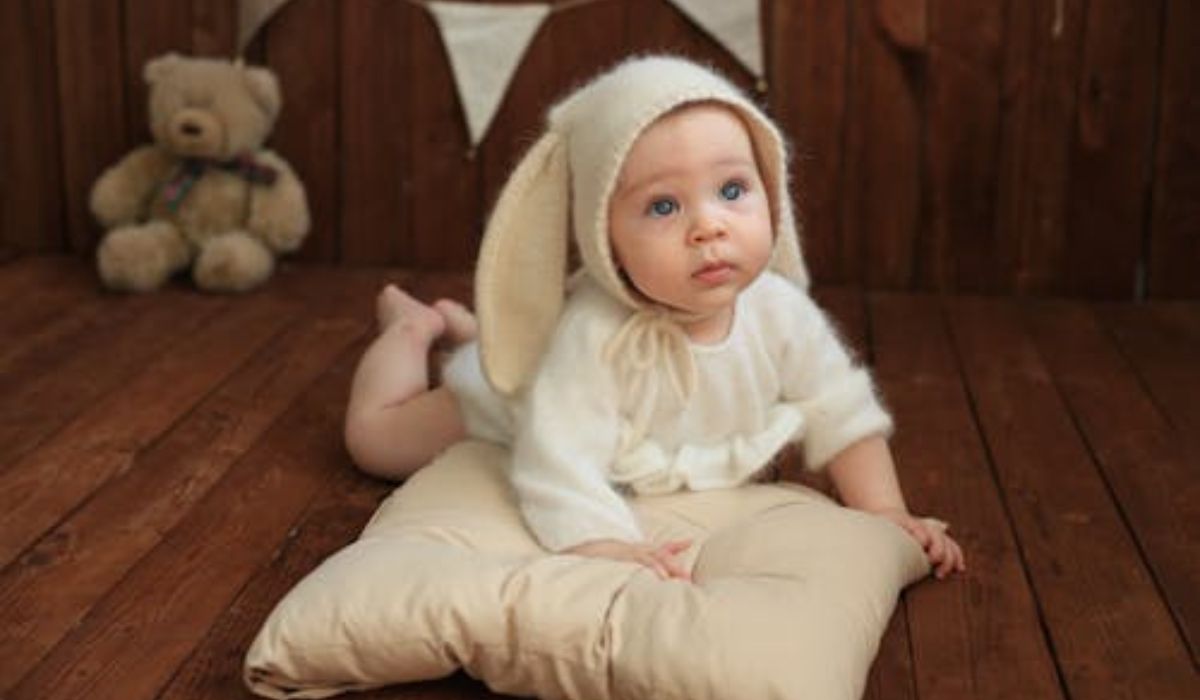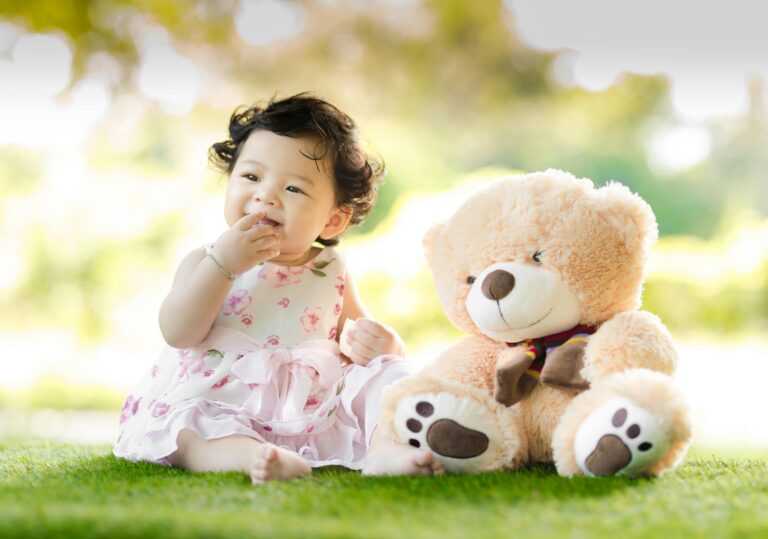Tea has always been more than a beverage. For centuries, cultures across the globe have embraced it as a ritual, a comfort, and a source of well-being. In recent years, a lesser-known yet increasingly talked-about herbal infusion called Babybelletjea has begun to capture attention, especially among wellness enthusiasts in the U.S. and the U.K. Unlike mainstream green tea or black tea, Babybelletjea is not just about taste—it carries with it a rich story, cultural roots, and potential health benefits that make it stand out in today’s crowded world of teas.
But what exactly is Babybelletjea, and why is it gaining recognition among tea lovers and health-conscious communities? In this article, we’ll dive deep into its origins, its nutritional profile, the wellness perks it may offer, and the best ways to incorporate it into your lifestyle.
The Origins of Babybelletjea
The story of Babybelletjea begins with its name. Derived from European and Asian traditions, the word is often associated with a blend of delicate herbs and botanicals historically consumed for both ceremonial and medicinal purposes. Though modern-day Babybelletjea has evolved, many of its characteristics are rooted in these early practices.
Culturally, Babybelletjea is seen as a fusion beverage—blending floral notes, light herbal accents, and occasionally fruit undertones. It has often been prepared as a calming tea, given to families as part of wellness traditions. In countries with strong tea-drinking cultures, Babybelletjea became popular not just for its taste but also for its soothing properties. Today, specialty tea makers have modernized it, making it more accessible to Western consumers without losing its traditional essence.
What Makes Babybelletjea Unique?

Unlike conventional teas derived from the Camellia sinensis plant, Babybelletjea is primarily a herbal infusion. This means it often does not contain caffeine, making it suitable for people who prefer a calming beverage without stimulants. The uniqueness of Babybelletjea lies in its blend of botanicals—each carefully chosen for flavor harmony and therapeutic potential.
Some varieties include dried chamomile blossoms, lavender, rose petals, or even subtle hints of citrus peel. Others lean toward a slightly sweet, honey-like profile that naturally appeals to those looking for a relaxing evening drink. Its versatility also allows it to be consumed hot for warmth or cold-brewed for a refreshing, summer-friendly alternative to sugary drinks.
Nutritional Profile of Babybelletjea
Babybelletjea is not just about flavor—it can also provide nutritional value. Though exact composition depends on the blend, many versions offer antioxidants, polyphenols, and small amounts of vitamins and minerals from their botanical ingredients.
-
Antioxidants: Help fight oxidative stress and support long-term health.
-
Flavonoids: Often present in floral blends, these compounds may aid heart health.
-
Trace minerals: Depending on the blend, you may find potassium, magnesium, or calcium in small amounts.
Unlike heavily processed teas, Babybelletjea usually maintains much of its natural integrity, especially when made from organic and ethically sourced botanicals.
Health Benefits of Babybelletjea
1. Promotes Relaxation and Stress Relief
Many Babybelletjea blends feature calming herbs like chamomile and lavender. These botanicals are traditionally linked to reducing stress, improving mood, and supporting restful sleep. For individuals in the U.S. and U.K. managing fast-paced lifestyles, this relaxation effect is one of the most appealing aspects.
2. Supports Digestive Wellness
Certain blends of Babybelletjea include ingredients like peppermint or fennel, which have long been associated with easing bloating, indigestion, and stomach discomfort. Drinking a warm cup after meals can help support smoother digestion.
3. May Boost Immune Function
Herbal teas often contain compounds that strengthen the body’s natural defenses. For instance, rose petals and citrus peels are rich in vitamin C, which supports immune health. Regularly consuming Babybelletjea could help maintain wellness during seasonal changes.
Cultural Significance of Babybelletjea
Babybelletjea is not just a drink; it’s a cultural connector. Historically, tea rituals were part of family bonding, spiritual reflection, and hospitality. Serving Babybelletjea in households was considered a gesture of care and comfort.
Today, many people use it as a way to create mindful moments—whether it’s unwinding after work, practicing meditation, or simply pausing to enjoy a peaceful sip. In modern wellness culture, Babybelletjea is sometimes referred to as a “ritual tea,” symbolizing balance between tradition and contemporary health practices.
How to Brew Babybelletjea Perfectly
To truly enjoy Babybelletjea, preparation matters. Here’s a breakdown of how to brew it for maximum flavor and benefits:
-
Hot Brew: Use one teaspoon of dried Babybelletjea blend per cup of water. Steep in just-boiled water for 5–7 minutes.
-
Cold Brew: Add two teaspoons of Babybelletjea to cold water and refrigerate for 6–8 hours. This method creates a smooth, refreshing flavor.
-
Enhancements: A touch of honey, lemon, or cinnamon stick can elevate the taste without overpowering the natural notes.
By adjusting steeping time and serving style, you can enjoy Babybelletjea as a morning refreshment, an afternoon pick-me-up, or a bedtime relaxer.
Best Times to Drink Babybelletjea
Timing can enhance the tea’s effectiveness:
-
Morning: Opt for blends with citrus or mint for a refreshing start.
-
Afternoon: Choose floral varieties to maintain calm energy.
-
Evening: Go for chamomile-rich blends that promote better sleep.
Unlike caffeinated teas, Babybelletjea can be enjoyed throughout the day without disrupting rest or increasing jitters.
Babybelletjea in Modern Wellness Trends
In the U.S. and U.K., the wellness industry has embraced Babybelletjea as part of a growing interest in natural remedies and mindful consumption. Health-conscious consumers are turning to plant-based, functional beverages that offer more than hydration.
Cafés, wellness retreats, and even boutique spas now include Babybelletjea on their menus. Its rise parallels the popularity of herbal remedies, essential oils, and holistic practices—making it an appealing choice for those who prioritize balance and well-being.
How to Incorporate Babybelletjea Into Your Lifestyle
Beyond drinking it plain, there are creative ways to integrate Babybelletjea into daily routines:
-
Iced lattes: Mix with almond or oat milk for a creamy, herbal latte.
-
Mocktails: Use cold-brewed Babybelletjea as a base for alcohol-free cocktails.
-
Culinary use: Infuse syrups, desserts, or even sauces with Babybelletjea for unique flavors.
By experimenting, you not only expand its uses but also add a touch of wellness to meals and gatherings.
Safety and Considerations
While Babybelletjea is generally safe, individuals with specific allergies or sensitivities to herbs should read ingredient labels carefully. Pregnant or nursing individuals should consult a healthcare provider before incorporating new herbal teas. As with any wellness product, moderation is key.
Final Thoughts
Babybelletjea is more than just a trend—it’s a blend of tradition, wellness, and modern creativity. With its soothing qualities, diverse health benefits, and cultural significance, it has carved a place in the lives of tea lovers in both the U.S. and U.K. Whether you enjoy it as part of your relaxation ritual, a digestive aid, or a flavorful beverage, Babybelletjea offers an experience that goes beyond the cup.
For those exploring new ways to prioritize well-being, Babybelletjea is a gentle yet powerful companion that brings both flavor and peace into daily life.
FAQs About Babybelletjea
1. What exactly is Babybelletjea made of?
Babybelletjea is typically a blend of dried flowers, herbs, and sometimes fruit peels. Common ingredients may include chamomile, lavender, rose petals, mint, or citrus. Each blend varies depending on the maker, giving it a distinct flavor and wellness profile.
2. Does Babybelletjea contain caffeine?
Most Babybelletjea blends are naturally caffeine-free since they are herbal infusions rather than traditional teas made from the Camellia sinensis plant. This makes it an excellent choice for people who want a calming beverage without stimulants.
3. Can I drink Babybelletjea every day?
Yes, Babybelletjea can be enjoyed daily. Many people find it soothing for digestion and helpful for relaxation. As long as you are not allergic to any of the ingredients, it’s safe to make it a regular part of your wellness routine.
4. Is Babybelletjea good for sleep?
Many blends include calming herbs like chamomile or lavender, which are often associated with better sleep quality. Drinking a warm cup in the evening can help create a restful nighttime ritual.
5. Where can I buy Babybelletjea?
Babybelletjea is available at specialty tea shops, online wellness retailers, and increasingly in health food stores. Choosing organic and ethically sourced varieties ensures the best quality and flavor.
For More Update and Stories Visit: GOLDEN MAGAZINE


